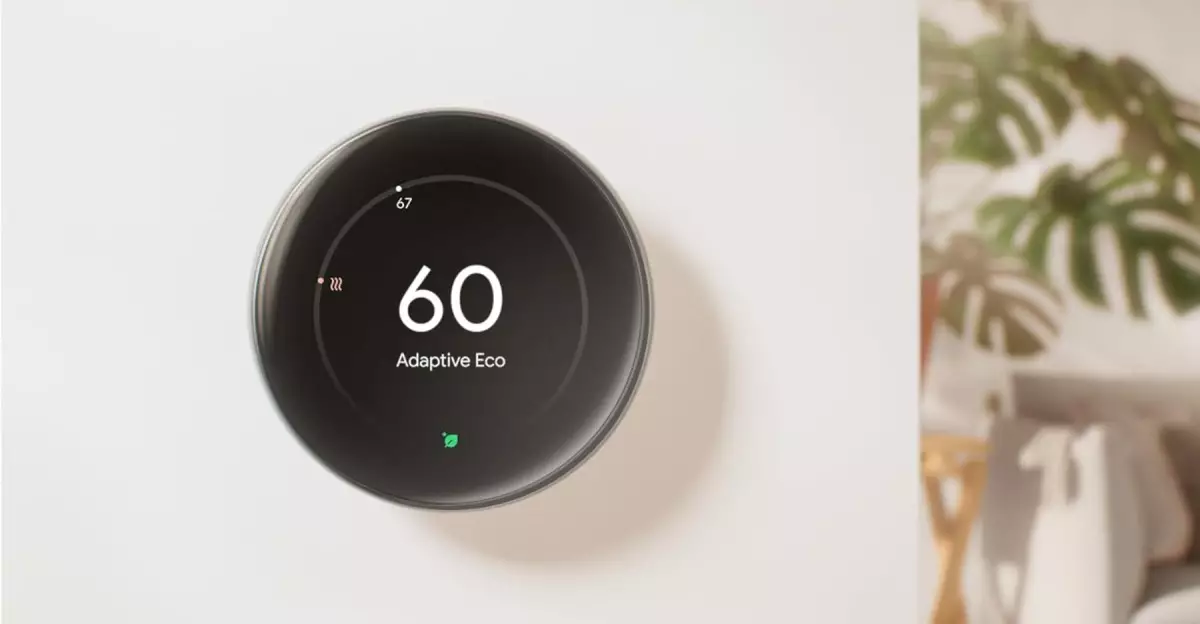The latest iteration of Google’s Nest Learning Thermostat exemplifies how smart home devices can evolve beyond basic automation to become integrated, intelligent, and indispensable parts of everyday life. In a market saturated with DIY options and gimmicky gadgets, this thermostat stands out because it combines refined design, robust compatibility, and advanced features in a way that fundamentally enhances home comfort management. Its arrival signifies not just a hardware update but a strategic leap toward seamless home automation that prioritizes user convenience and technological innovation.
While the previous models laid the groundwork for smarter temperature management, the fourth-generation Nest thermostat addresses critical shortcomings, most notably its broader HVAC and smart platform compatibility, larger display, and intelligent sensors. These improvements signify Google’s commitment to creating a truly integrated smart home ecosystem, capable of adjusting to your routines and preferences with minimal input. This device isn’t merely about controlling temperature; it’s about understanding your home environment and anticipating your needs—all packaged in an elegant, user-friendly interface.
Design that Marries Elegance with Functionality
One of the most immediate and noticeable upgrades is its aesthetic refinement. The new model boasts a 60% larger display, transforming a functional gadget into a modern centerpiece of home decor. The expansive screen doesn’t just look stylish; it offers clarity and versatility that previous versions couldn’t match. Its customizable interface allows users to prioritize information—be it current temperature, humidity, or outdoor conditions—making real-time data readily accessible at a glance. This blend of beauty and utility signifies a shift toward devices that serve as both sensor and visual focal point within living spaces.
Beyond appearance, the device’s hardware has been redesigned for better durability and efficiency. Removing the dependency on a C-wire makes installation more flexible, broadening its compatibility with a wider range of homes. This seemingly minor change holds significant weight, streamlining the setup process and making smart thermostats accessible to homeowners who previously thought their homes were incompatible. Nonetheless, Google wisely recommends using their compatibility checker to confirm suitability, underscoring the importance of precision in smart home integration.
Enhanced Compatibility and Smarter Automation
Perhaps the most revolutionary feature of this model is its support for Matter, a universal standard designed to unify smart home devices under a common language. For consumers, this means greater interoperability between various smart home platforms like Google Home, Apple’s HomeKit, Amazon Alexa, and Samsung’s SmartThings. The importance of this cannot be overstated: it transforms the thermostat from a standalone device into a pivotal hub of interconnected home systems.
Moreover, the advanced Smart Scheduling feature exemplifies the AI-driven potential of modern smart devices. By learning occupant behaviors and preferred temperature patterns, the thermostat adapts proactively, reducing manual adjustments and optimizing energy consumption. The addition of a second-generation remote temperature sensor further elevates this intelligence—allowing precise regulation in specific rooms that might otherwise be overlooked. This focus on targeted comfort and efficiency reflects a forward-thinking approach that prioritizes user customization and energy savings simultaneously.
The Future of Thermostats in Smart Homes
The integration of radar-based sensors, like Soli, elevates the thermostat’s capability to detect approaching users, adding a layer of context-aware automation. Imagine walking into your home and, based on your presence, the device adjusts heating or cooling proactively—reducing the gap between intent and action. Such innovations mark a clear delineation from traditional thermostats, positioning this device as a central smart home element that anticipates your needs rather than merely reacting to commands.
Ultimately, the Nest Learning Thermostat isn’t just a simple upgrade; it’s a statement that smart home technology must evolve from isolated functions to interconnected, intuitive systems. Prices now reflect its advanced features, but the investment promises substantial returns through comfort, convenience, and energy efficiency. This device exemplifies the modern smart home: responsive, adaptive, and inherently sophisticated—a true step toward the future of living spaces.

